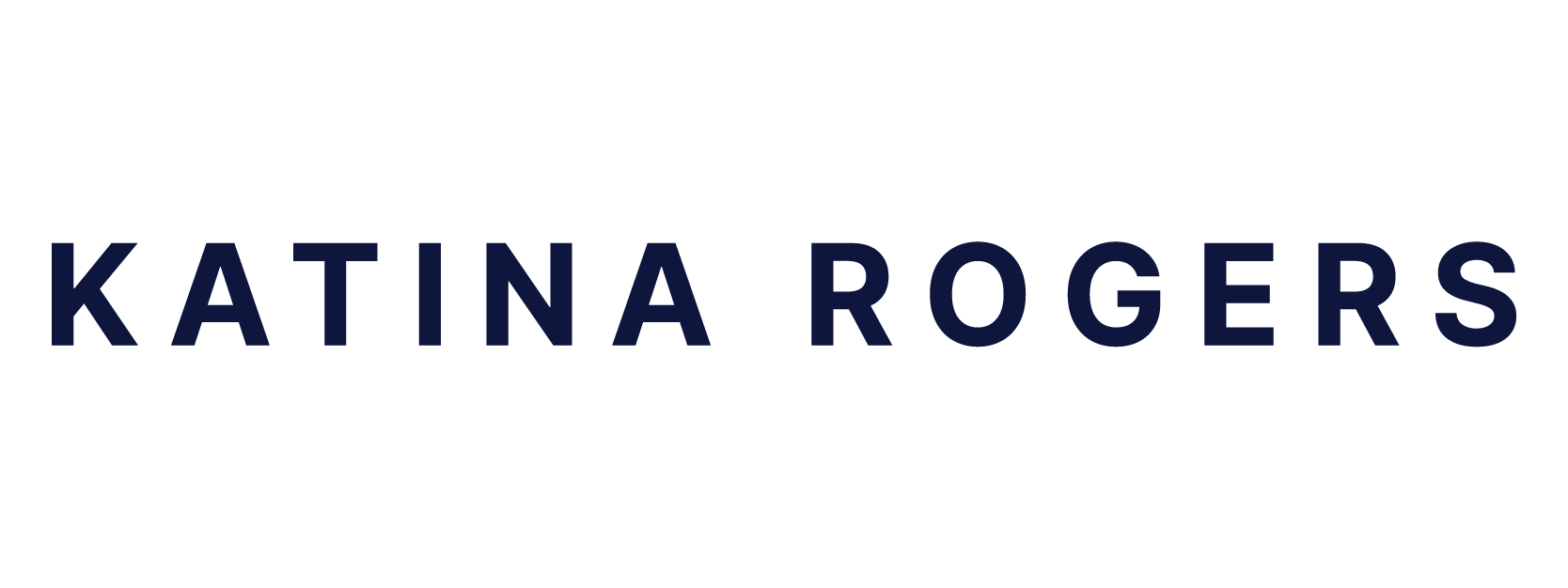After reading Mushroom at the End of the World by Anna Lowenhaupt Tsing I’ve been mulling over some ideas about fractures in higher ed’s prestige economy, how those fractures make other ways of being and knowing possible. The precarity and opportunity of those spaces, the glimmers of light.
I think this is connected with silence/tacit knowledge—the mechanisms we cannot escape if we don’t know they’re there. Something about these silences, these fractures, seems like the space to explore. Though they bear the weight of trauma they also carry the spark of possibility, of imagining otherwise.
COVID has brought massive changes to higher ed, astonishingly quickly. This rupture brings the overall structure and assumptions into focus. Which institutions are bringing students back, heedless of all the pain and loss we have seen to date? Where are students finding care and support? Do these things ever coincide?
I’m interested in thinking through these questions of power, prestige, precarity; community and care; working within and working against. I’m also thinking through the question of silence itself. To what extent does higher ed require an invisible framework that excludes those who don’t already understand it? Are silences necessary rather than accidental—and if so, what happens when we pull back the curtain & reveal them?
What happens if we try to look directly at this invisibility—if, rather than consider it an unintentional side effect, we instead regard it as a key structuring mechanism? Silence as the center. The air we breathe, the thing we no longer notice. The thrumming rhythm that determines how we move through a world. The ways we try to shape ourselves around that silent thing. The fact that some do so easily, the fact that the unspoken thing fits some beings, some bodies neatly while others must contort themselves, erase themselves, disguise themselves in order to fit.
The never-said thing of the academy is bound up with a thirst for prestige, an invisible rubric against which all else is measured. It is trauma, grief, bias, white supremacy. It is erasure—from archives, from syllabi, from meetings.
The silence is inaudible, unspeakable, invisible. The first task is to see it. It is impossible to reform something if we cannot see its internal logic.
The impossibility of thinking outside the existing structures has been interrupted by a crisis that has ruptured those structures, made them impossible, made them unsafe, made them a farce. We can no longer pretend that they are inevitable, natural, immutable. They may have their purposes but they are also too often silly, arbitrary, violent, damaging, painful, unnecessary. How can we be so invested in these structures that we even imagine teachers in body armor, with plexiglass shields, updating their wills before coming to class? How did we get here? This absurdity should have been apparent when elementary schools started doing active shooter drills, when my then-4-year-old came home from preschool wanting to play at hiding from bad guys in a closet, being very very quiet so they don’t find us. What makes us think that it cannot be otherwise?
I’m thinking about a project in which I would draw on the work of Saidiya Hartman, Christina Sharpe, Clelia Rodríguez, Anna Lowenhaupt Tsing, and others, who press on that silence as a bruise, finding its contours, shining light on the things that too many others cannot or will not see.
So: How can we imagine otherwise, both within and beyond the current system? How many acts of transgression does it take to change a norm? How many whisper networks, candid moments of advice, crowdsourced documents showing the things that aren’t spoken aloud? Do these acts of transgression reinforce the norm of silence, or are they chipping away at it? What is possible in the fractures of this silence?
My hope is that even within a broken system, there may be spaces of possibility for these imagined futures to emerge. And that in fact, it is the fractures in the system that make those alternate spaces possible.
I suspect this is an idea I’ll be working through for awhile. I’d like to dig in more deeply and see where it goes.
